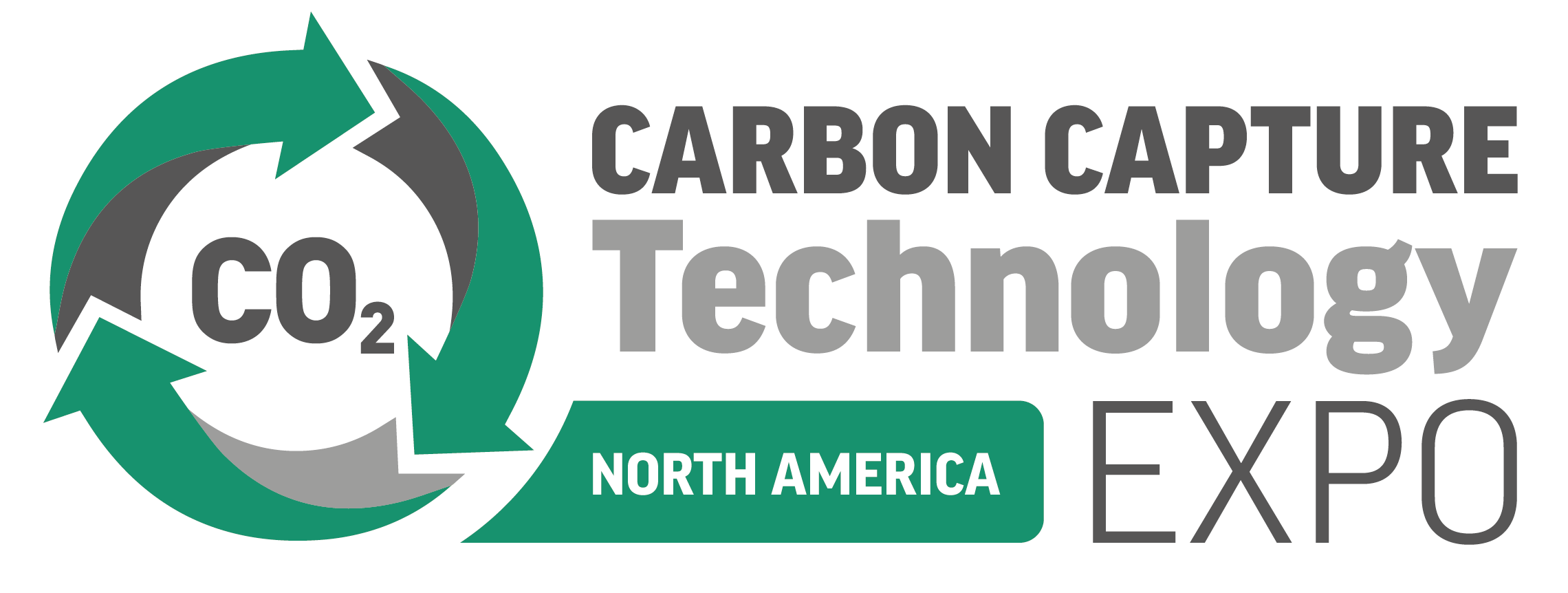The Polish cement sector has agreed to accelerate their carbon capture strategy in 2025
)
A ‘Letter of Intent’ is being finalised by the Polish ministry and stakeholders, including the cement sector. This ‘Letter of Intent’ is being created in order to establish a cooperation agreement between all the parties before a full carbon capture strategy is adopted.
The European cement association, CEMBUREAU, has estimated that it will be necessary to capture 62Mta of CO2 from EU cement plants by 2050. However, at the moment, none of the required carbon capture systems or associated carbon transportation infrastructure, is in place yet.
All the parties involved this project are aware that it is a huge challenge, which will require the cement industry, the policy makers, financers and the technology suppliers to collaborate closely.
An expert panel was held at Cemtech Europe and during this panel, regulatory and policy hurdles for carbon capture within Poland, were debated. The people on this panel included, Krzysztof Bolesta, Secretary of State, Ministry of Climate and Environment, Government of Poland, Wojciech Nowak, director of the Centre of Energy, AGH University of Krakow, Poland, Andrzej Losor, director and member of the Management Board, Heidelberg Materials (Poland), and Wojciech Lewandowski, EU policies analyst, European Bank for Reconstruction (Poland).
Once this panel had taken place, the clear result stated that, whilst local producers are developing carbon capture projects, the primary hurdle to reaching full cement decarbonisation, would be the availability of economic CO2 transport and storage infrastructure.
Krzysztof Bolesta, commented that the ‘Success of CCS will depend on the government’s ability to approve and legislate for carbon transport and storage, something that is expected to happen by 2025.’
He continued, stating that he is ‘optimistic that the Letter of Intent will be finalised by December 2024. Once this vital piece of the jigsaw is in place, it is hoped that Poland, the third-largest cement market in Europe, will become a beacon for industry decarbonisation in Europe and beyond.’
CEMBUREAU CEO, Koen Coppenholle, set out the policy conditions for successful decarbonisation in the cement sector. These include, ‘the implementation of a ‘watertight’ carbon border adjustment system (CBAM) to level the playing field on CO2, access to affordable decarbonised energy, and the ‘frontloading of ETS revenues to supply financial support for investments into decarbonisation projects and above all, carbon capture.’



)
)
)
)
)
)
)



)
)
)
)
)
)
)
)
)
)
)
)
)
)
)
)
)
)
)
)
)
)

)

)
)
)

)
)
)
)
)
)
)
)
)
)
)

)

)
)
)
)
)
)
)
)
)
)


)
)
)

)
)
)

)
)
)
)
)
